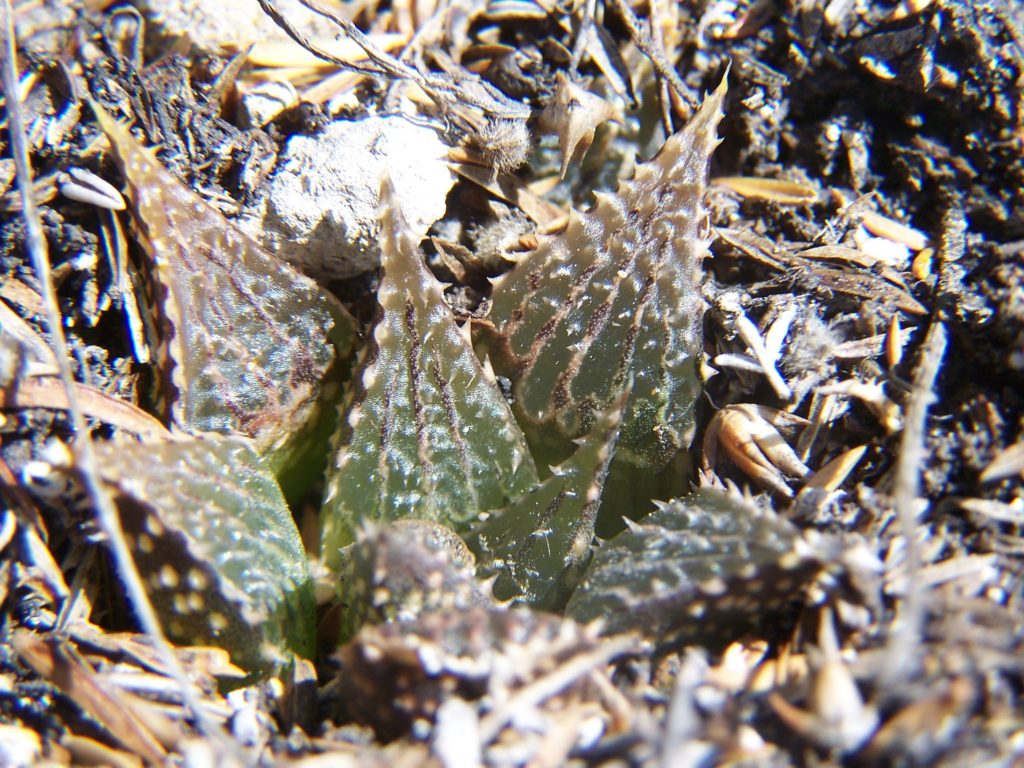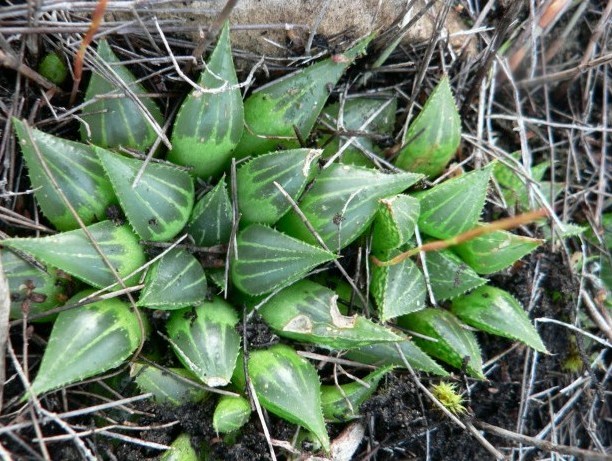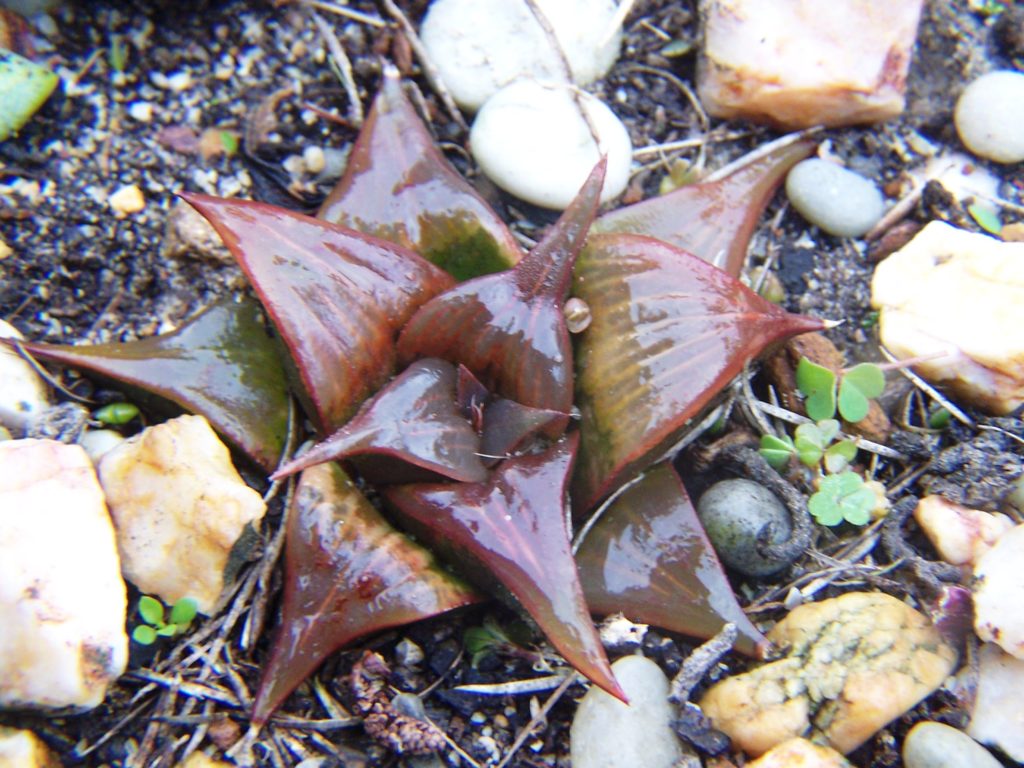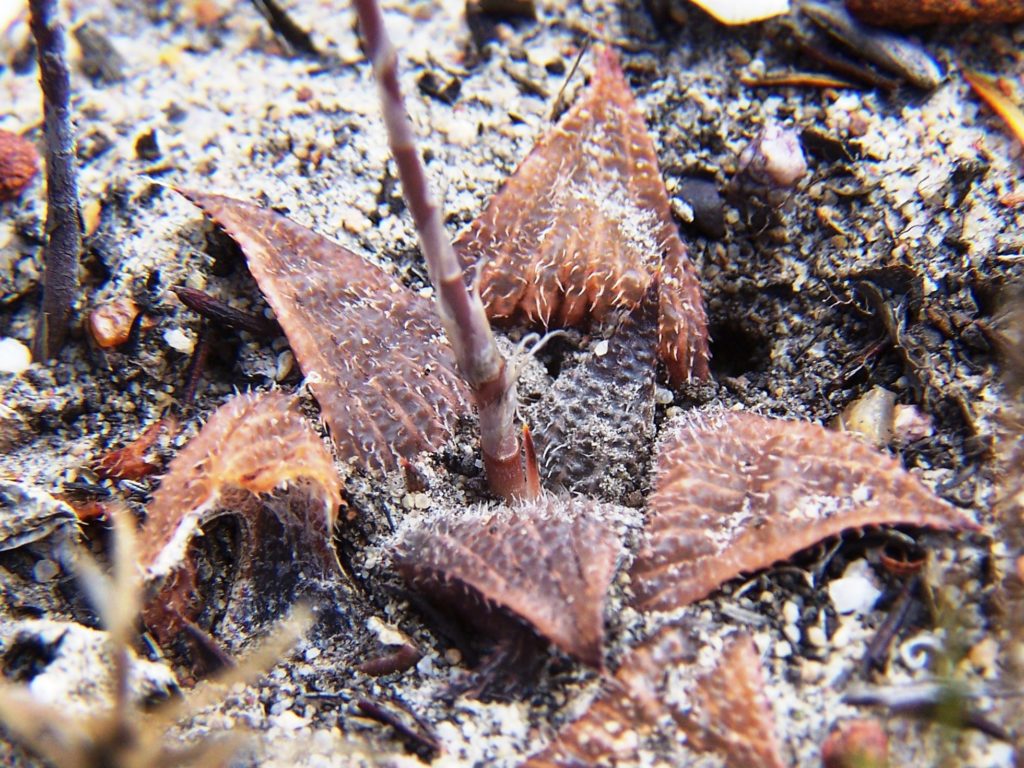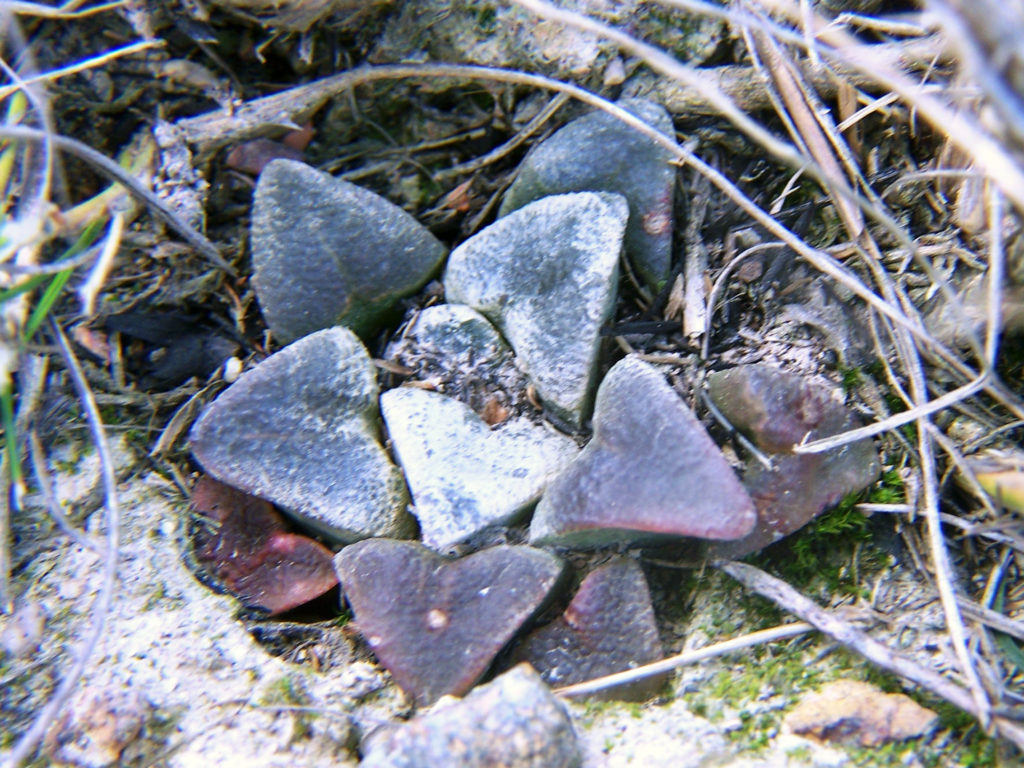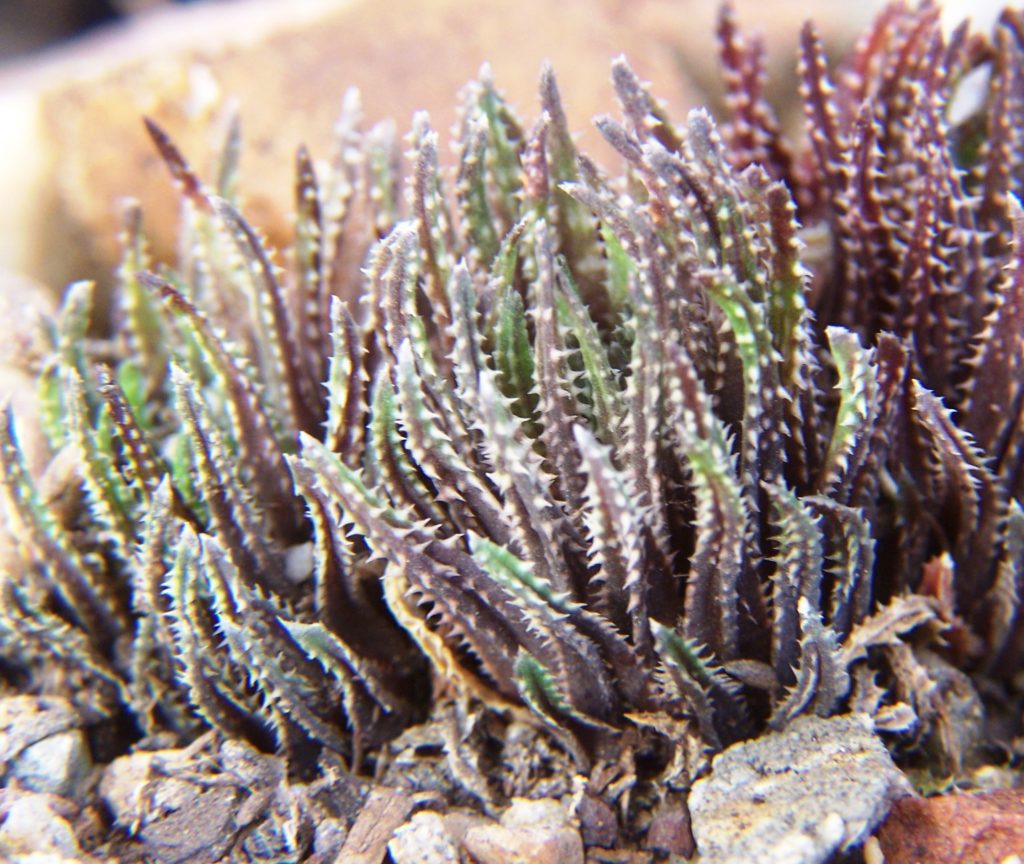Clichés may often fall into the category of often repeated untruths that come to be believed. One I have used too often is … ”The problem is …”, without ever seemingly being to explain what it actually was. I studied Oxalis and it seemed that where there was an awful amount of detail to explain difference, all this detail simply obscured the fact of similarity. So what I did is “reverse engineer” the process and apply the principle to Haworthia where I have for so long tried fruitlessly to explain that we were all explaining and accepting that there was difference based on detail.
I made some progress in finding facts to support this contention in the approximate 40 populations of Haworthia in the Zuurberg that seem to suggest that plants looking as different as H. cooperi and H. cymbiformis may be the same species. However, this was not very convincing.
Recently I had reason to explore more populations in the arena of a larger problem in H. mirabilis where I may be considering as many as 400 populations or many more. Illustrated by the following sample pictures: … It is now my contention that different as all these single plants appear to be, they are in fact members of one species. The inference is drawn from observations of approximately 150 populations occurring in a geographically coherent pattern in the restricted area between Worcester and Riversdale and southward to the coast. The inference is strengthened by the observations of similar continual intergradation of variation in similar sets of populations throughout the distribution range of the genus.
I do think that this is evidence to put to rest the disputes about the classification of this group of plants. But I do think that there are implications for plant taxonomy in general perhaps starting simply in the Alooideae where there is such confoundment in the understanding of simply the genera. ♦
